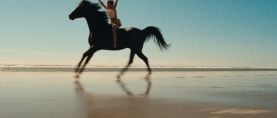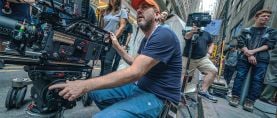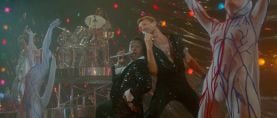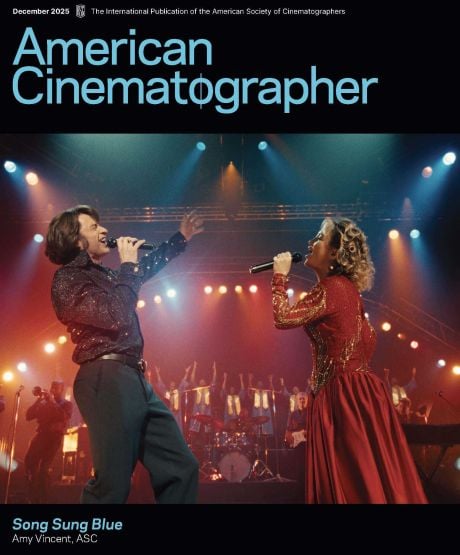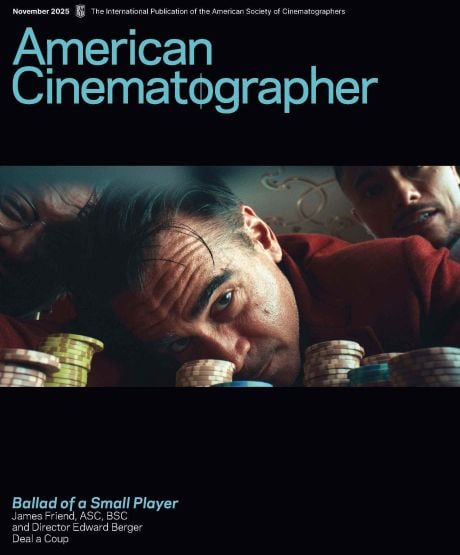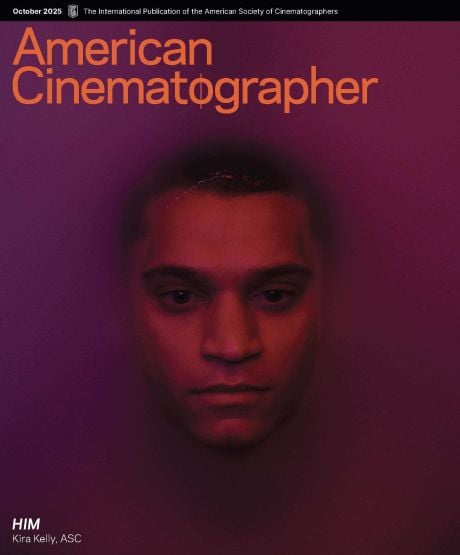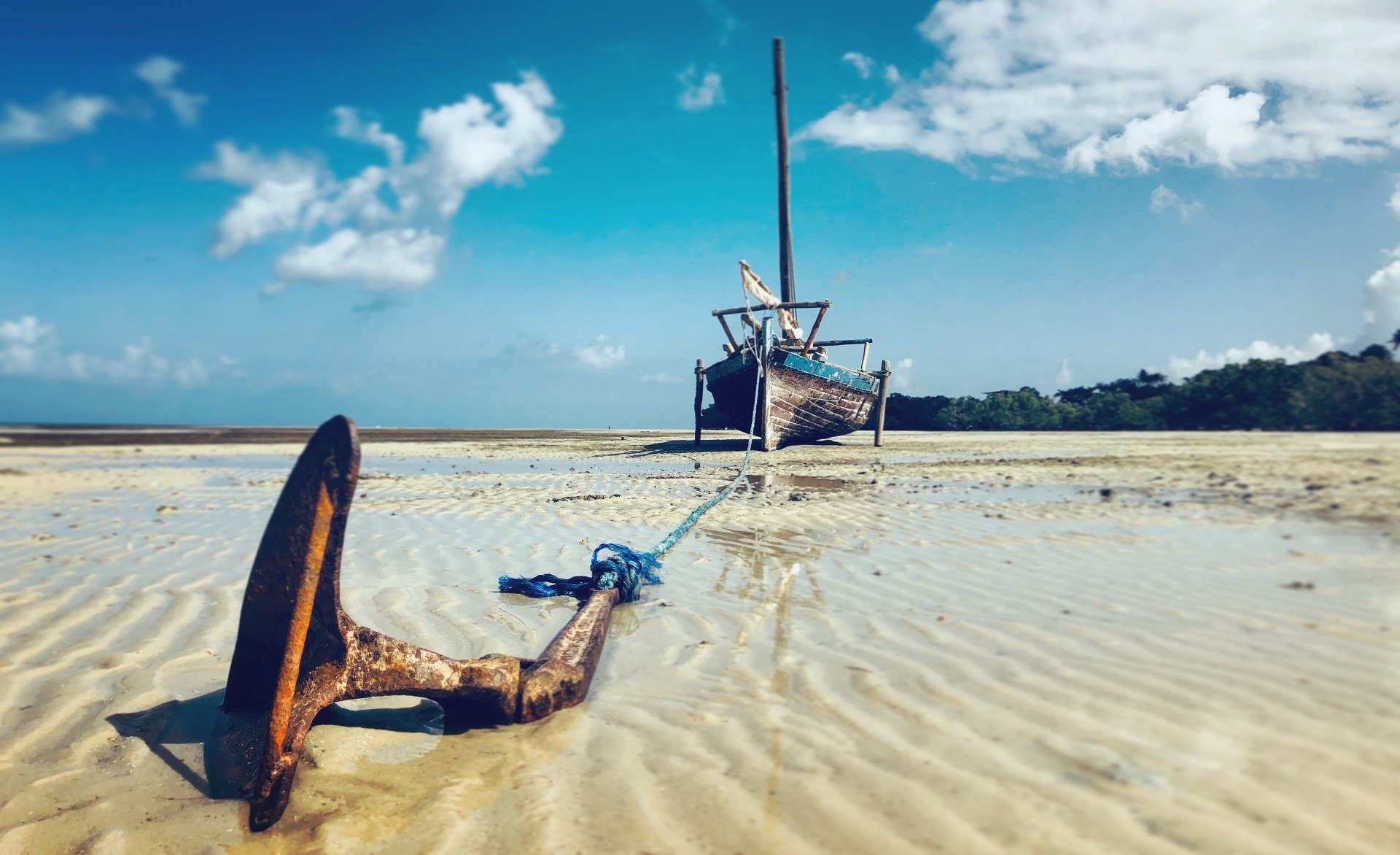
How 11 ASC Members Approach Still Photography
A selection of artists featured in AC's May 2025 Stills Issue detail their shooting methods and cameras of choice.
Recently, AC spoke with 11 Society members whose work was featured in the magazine's 2025 Stills Issue, asking them about their photographic philosophies, and what cameras they like to carry with them at work, while traveling or in everyday life.
"I don’t take as many stills as I'd like these days, but when I do, it’s always a lovely reminder of the juxtaposition to what we do as a living," says Fabian Wagner, ASC, BSC, who is fond of Fujifilm's X100 cameras, and whose photo "Float No More" is the featured image for this story. "I love the the challenge of capturing that one frame that makes the image work. No second take."
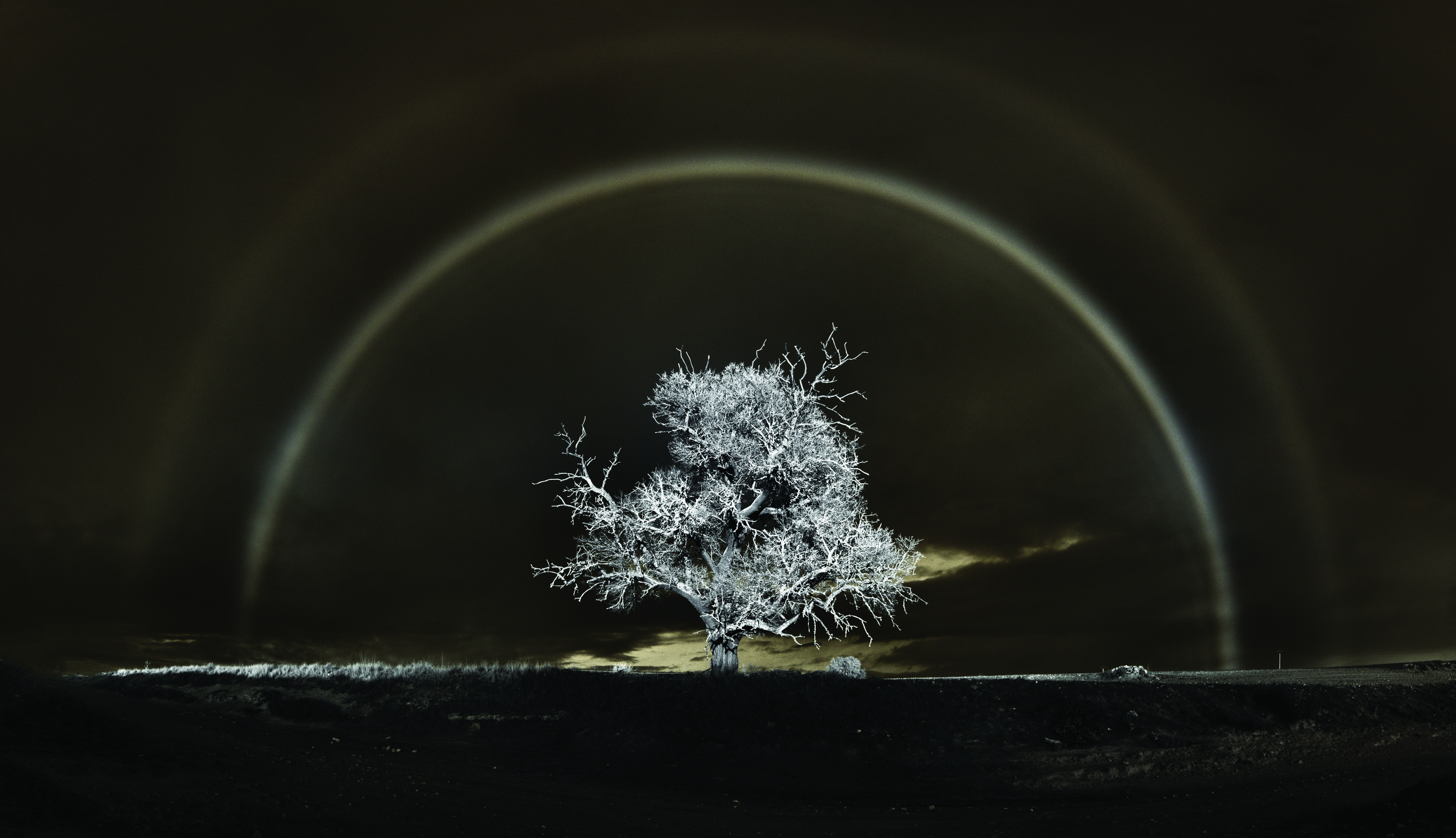
Antonio Calvache, ASC // Sony NEX-6 +18-55mm Infrared converted
My current travel companion is a modified Full Spectrum Sony a7R paired with a Zeiss Vario-Tessar FE 24–70mm lens. I use various filters to capture different wavelengths of the infrared spectrum, as well as the standard visible spectrum. I also work with several APS-C Sony cameras — some infrared-converted, others unmodified.
Most of my landscape photography takes place during my travels, where I seek to capture the beauty of nature. As a cinematographer, I pay particular attention to light. The greatest joy comes from capturing those rare moments in which light and shadow come together to bring a scene to life. I don’t follow strict composition rules; instead, I observe the subject and experiment until I discover a frame that feels most satisfying.
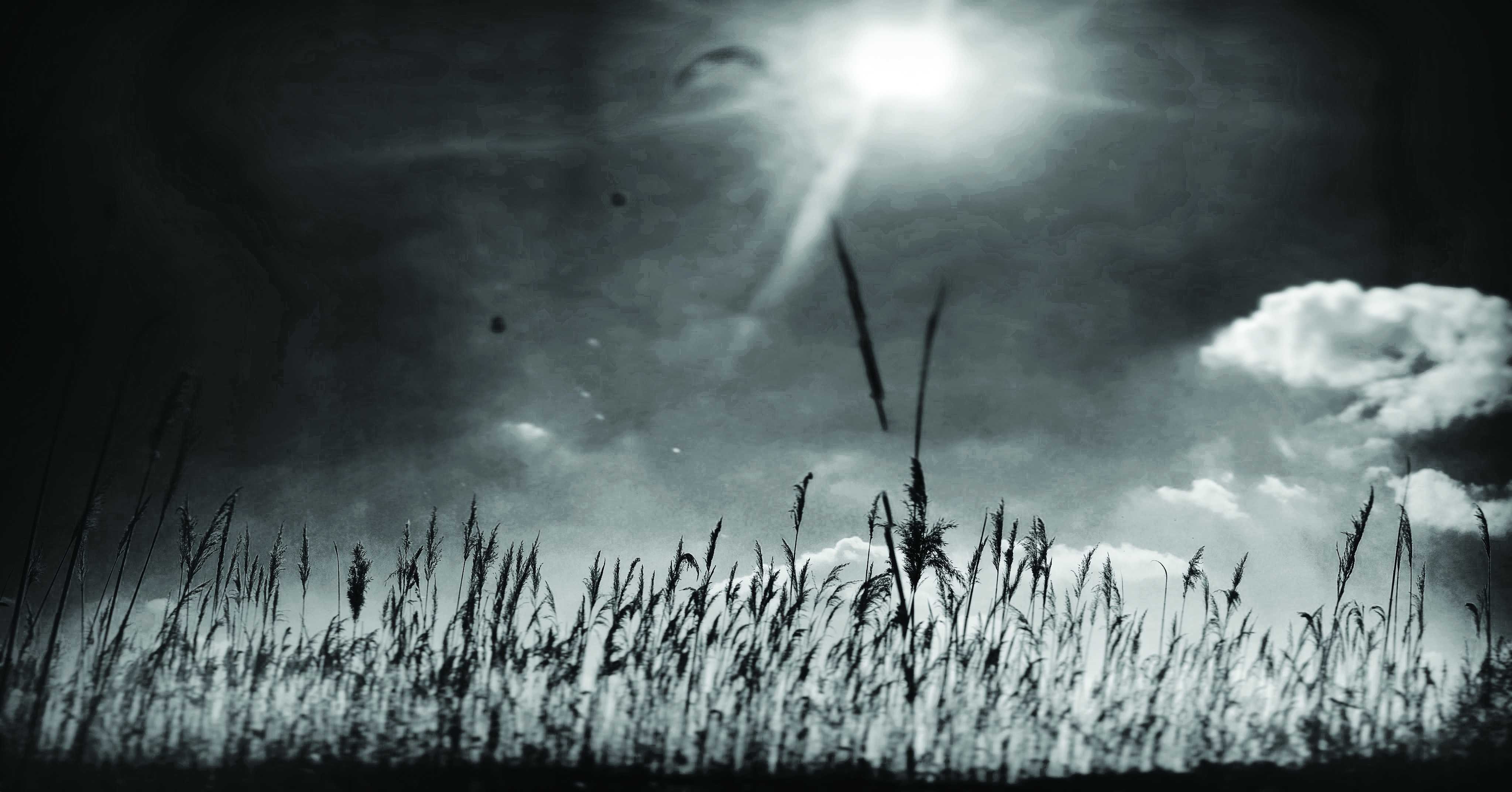
John Conroy, ASC, ISC // iPhone 6
I believe the best camera is the one I have on me. Sometimes it’s an iPhone, sometimes my Sony Alpha a7S III. If I know I’m going to shoot something specific, or go out for a day of street shooting, I’ll take the Sony with a few lighter f/2 Sony primes with a variable ND. I’m drawn to symmetry and strong compositions, and I love that a photo can show us something we see everyday in a brand new light.
I have to say: I love the immediacy of the iPhone. The quality is always getting better and better, and some of my best photos are taken with it, just because I always have it with me.
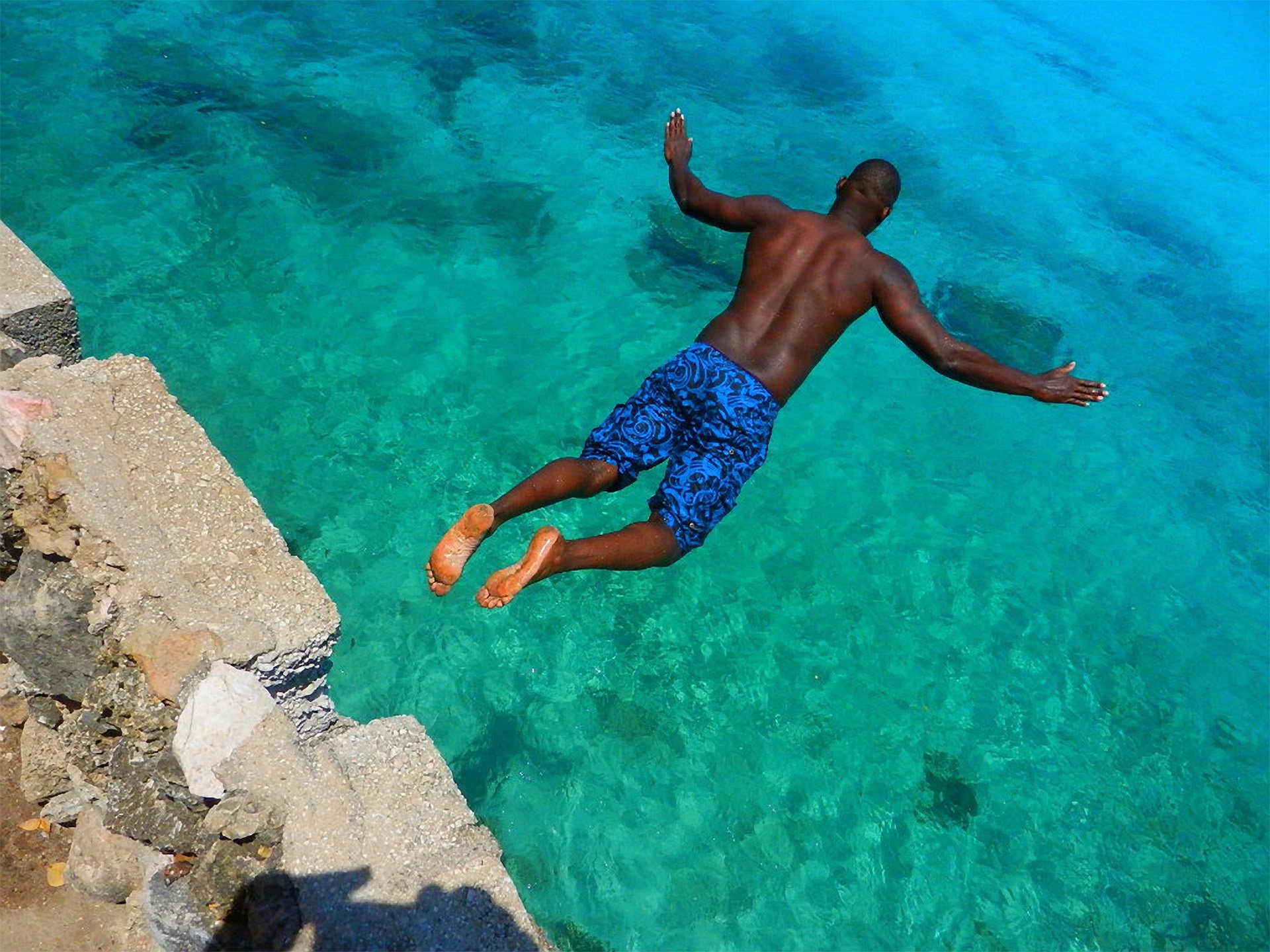
Ernest Dickerson, ASC // Nikon Coolpix S9100
These days, I prefer shooting with a small Sony HX90 Cyber-shot because it fits in my pocket and is easier to tote around. I keep it set and ready to shoot fast if I see something that moves me. I always loved shooting Kodachrome in my earlier days and I have my Sony set to replicate that look as close as possible.
My photographic influences are mostly those who work with color, like Gordon Parks, Ernst Haas, Pete Turner, William Eggleson and Saul Leiter. I happened to capture Dive! while scouting locations on the Caribbean island of Curacao in the Netherlands Antilles. Like most of my photos, it was a lucky shot.

Reed Smoot, ASC // Hasselblad 500C/M + Zeiss Planar 100mm
From my first days as an AC, I've always tried to carry a quality still camera on assignment, looking for potential images that tell a story, whether of interesting individuals in their native environment, or surrounded by other individuals and elements that reflect who they are. Early on, I purchased a Hasselblad 500 C/M and my favorite medium format lens, 100mm Carl Zeiss Planar f/3.5.
As my career got more hectic as a DP, I ended up carrying a Leica M6 with a 50mm lens. Recently, of course, I end up with my iPhone camera and only occasionally have my Leica M10 with me. As always, the setting and the light is the decisive factor. Still, the ability to tell a story with a still image is my main objective.
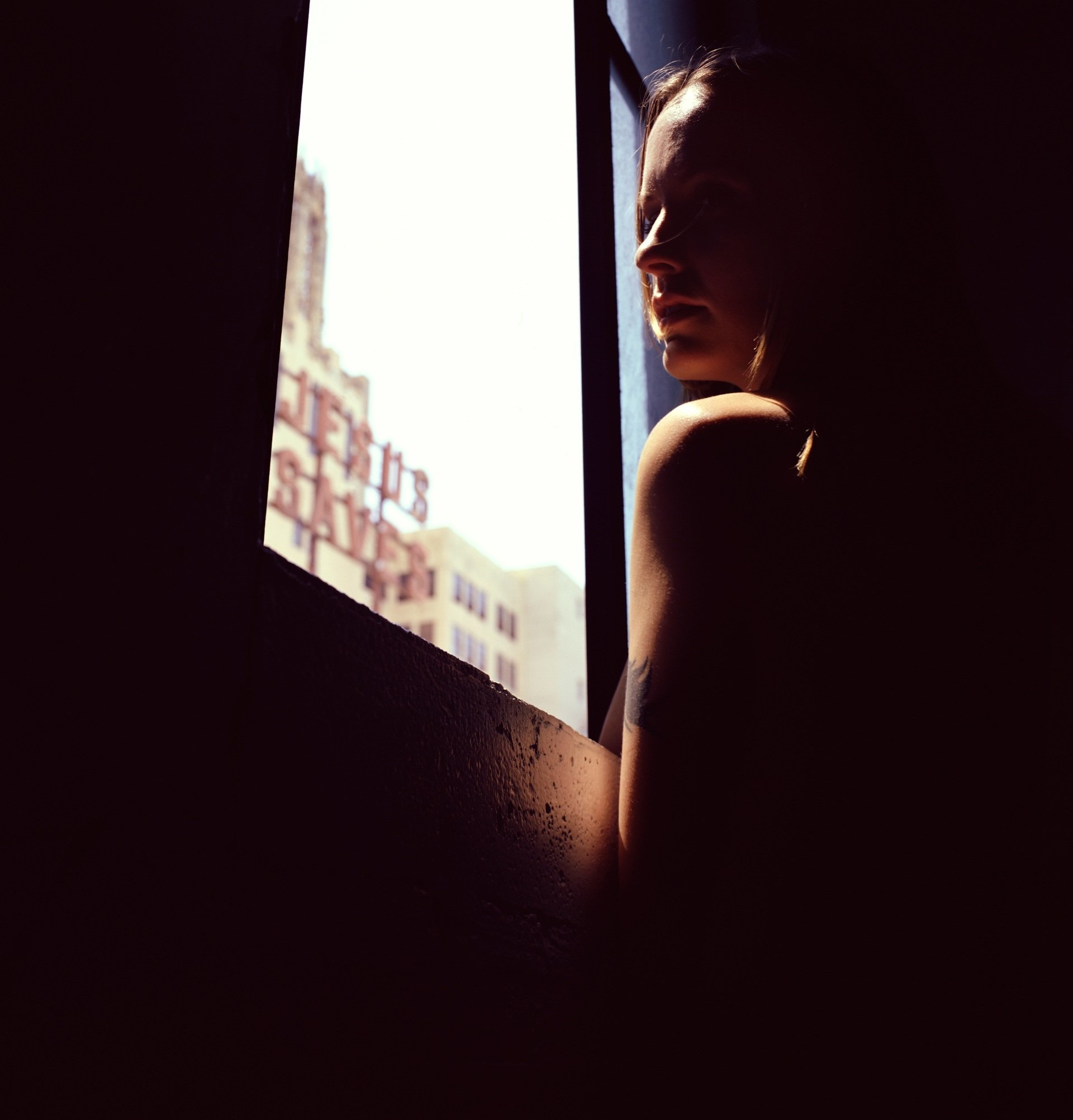
Ernest Holzman, ASC // Busch Pressman 4x5 + Super Angulon 90mm
As a cinematographer, I am constantly putting a frame around everything I see, but unique compositions are rare. My still work generally happens spontaneously, so I always carry a camera to be prepared for those moments when instinct takes over.
I like to use a Leica M3 with a 35mm or 50mm lens. The shutter is always set at 60/sec, the focus set at around ten feet and the iris as deep as possible relative to the light. I often don't look at the lens barrel until after an exposure, so I cushion any possible misstep by using Kodak Tri-X 400.
For my photograph in the Stills Issue, I shot on Fujichrome Provia rated at ISO 100. Because my subject would be appearing nude in public, I was extremely disciplined and only made one or two exposures at each set-up. This project was a major departure for me and I enjoyed the challenge of creating unusual imagery.
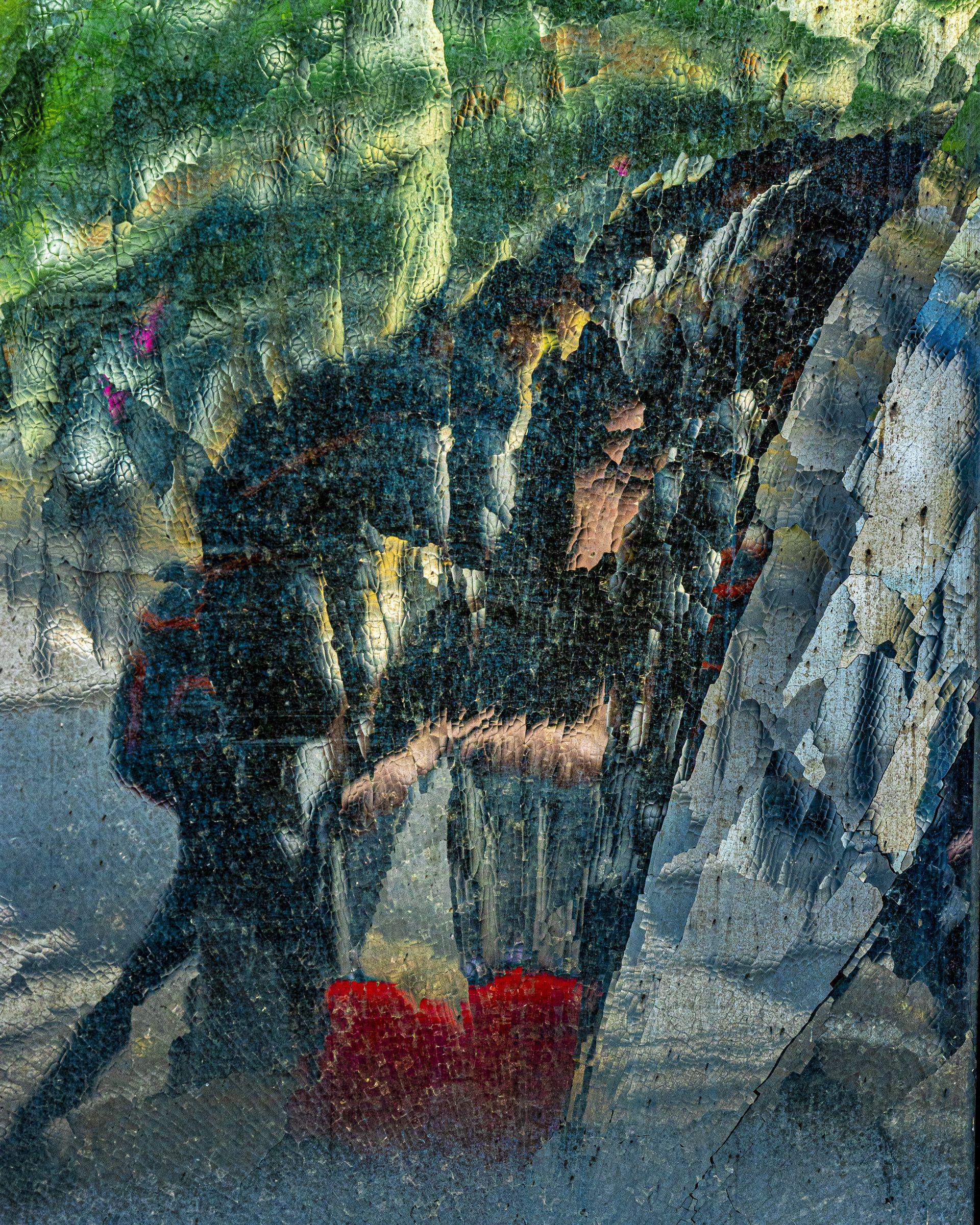
M. David Mullen, ASC // Nikon Z6 + Nikkor Z 85mm f/1.8
I have a Nikon Z6III with Nikkor Z lenses plus a few older Helios lenses — but sometimes in the daytime I use the smaller Sony Alpha 6700 with a Sony zoom. I also have a Sony Alpha 6500 converted to 720nm infrared.
To keep the weight in my bag down, at night I usually bring the Nikkor Z 40mm, which is very small, and the larger Nikkor Z 85mm. In daytime, I’ll use the Nikkor Z 24-200mm.
My dream is always to capture some perfect combination of fleeting human action within an interesting setting architecturally with some dramatic quality of light — and that this combination tells some sort of story or makes an ironic statement. The truth is, I’ve learned to take a picture of whatever catches my eye, small or large, as quickly as I can without thinking too hard about it.
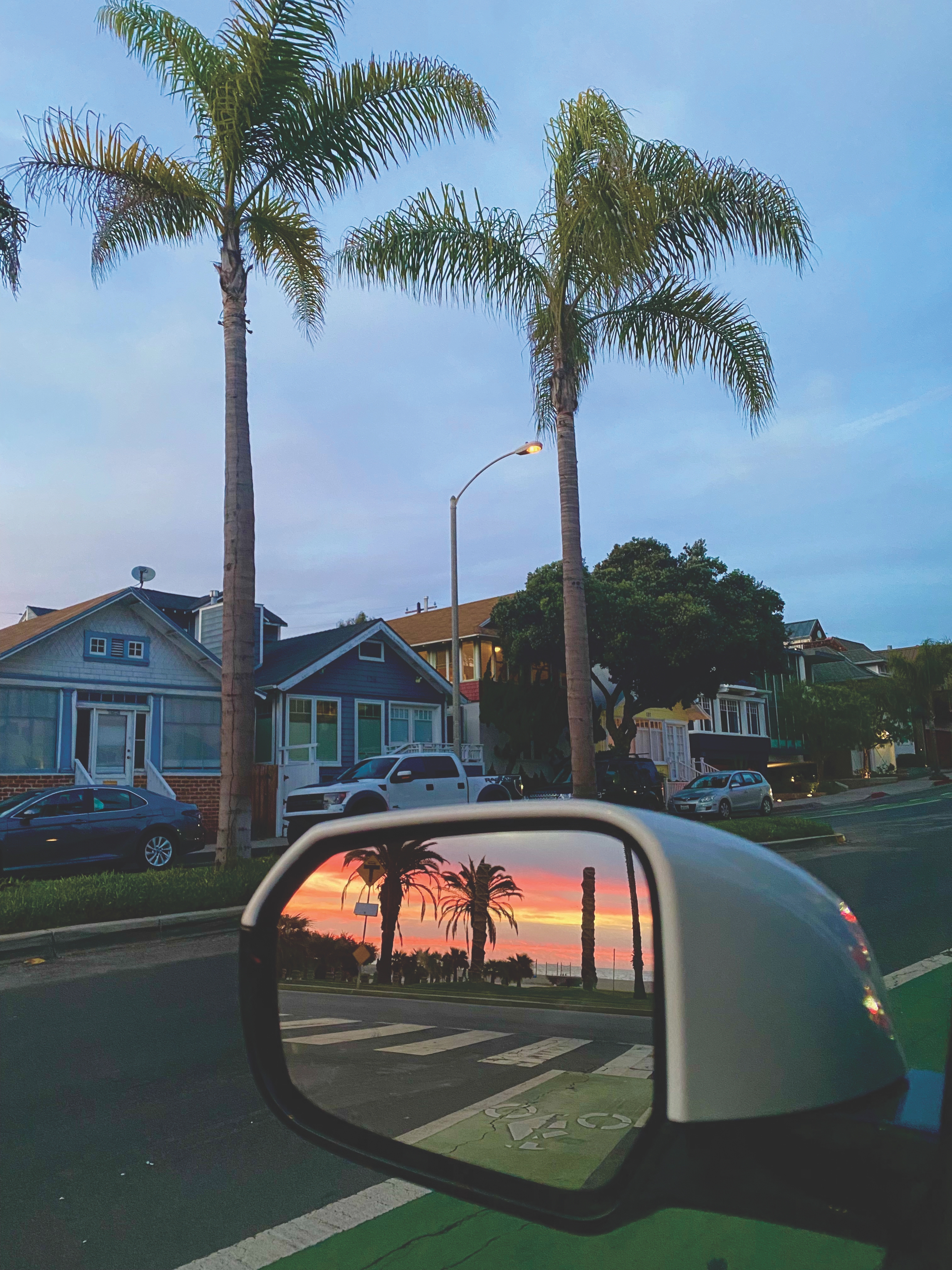
Nancy Schreiber, ASC // iPhone 11 Pro
My go-to camera is the Fujifilm XT-2. I find myself shooting quite a bit with the Fujifilm XF 10-24mm f/4 zoom lens, as well as the Fujinon XF 60 f/2.4 macro and the XF 56mm f/1.2. When I feel one of those spur-of-the moment urges to get in the car and drive somewhere, I take my old lightweight Canon G10.
Yet, the two photographs chosen for the Stills Issue were shot with iPhones. It's an ideal choice for capturing a moment in time that might disappear before I pull out my camera.
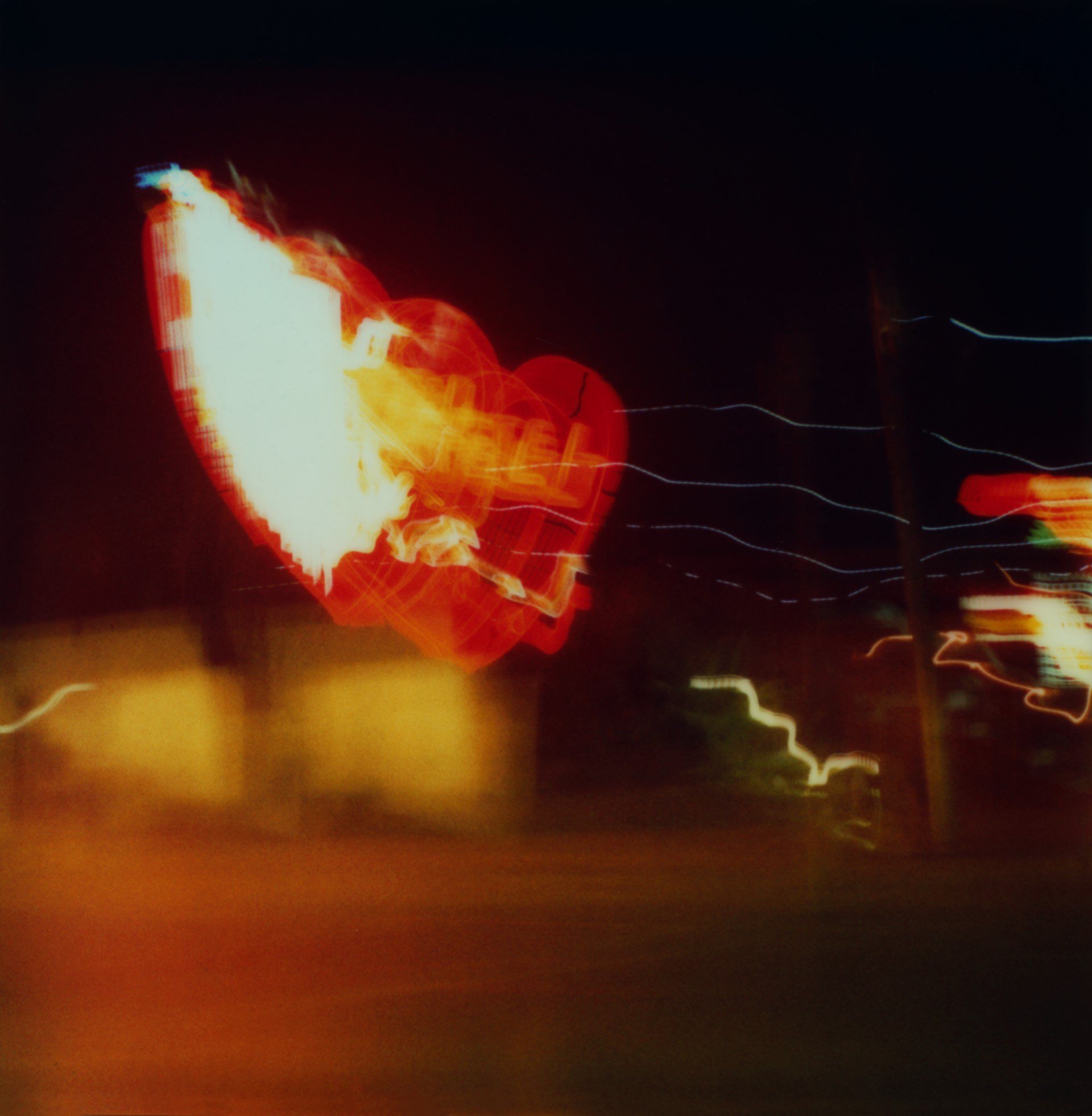
Caleb Deschanel, ASC // Polaroid SX-70
Back in the 1970’s, instant film was good for location scouting because you didn’t have to wait to get the film developed. When I was working on The Black Stallion, our AD Doug Claybourne loved shooting with the Polaroid SX-70 and would often just wildly raise his camera and snap a picture with no consideration for what he was going to get. The photos were mostly not very good, but every once in a while there was magic.
I was inspired by this crazy approach and discovered that the Polaroid camera exposed the film for a long time in low light levels. Long exposure meant that you had to hold the camera steady to get a sharp image. Holding the camera steady for many seconds was hard and you would often get a blurry image, but they would often have a quality similar to the pictorialist photos from the early 20th century. Then I found I could deliberately shake the camera and induce my own bespoke blur.
Then there was the added factor that you never had any idea what the photo would look like when you took it, and these serendipitous photos had nothing to do with what I did for a living. As a cinematographer I was expected to know what I was doing — well lit, properly exposed, and in focus. Polaroids are an escape from that.
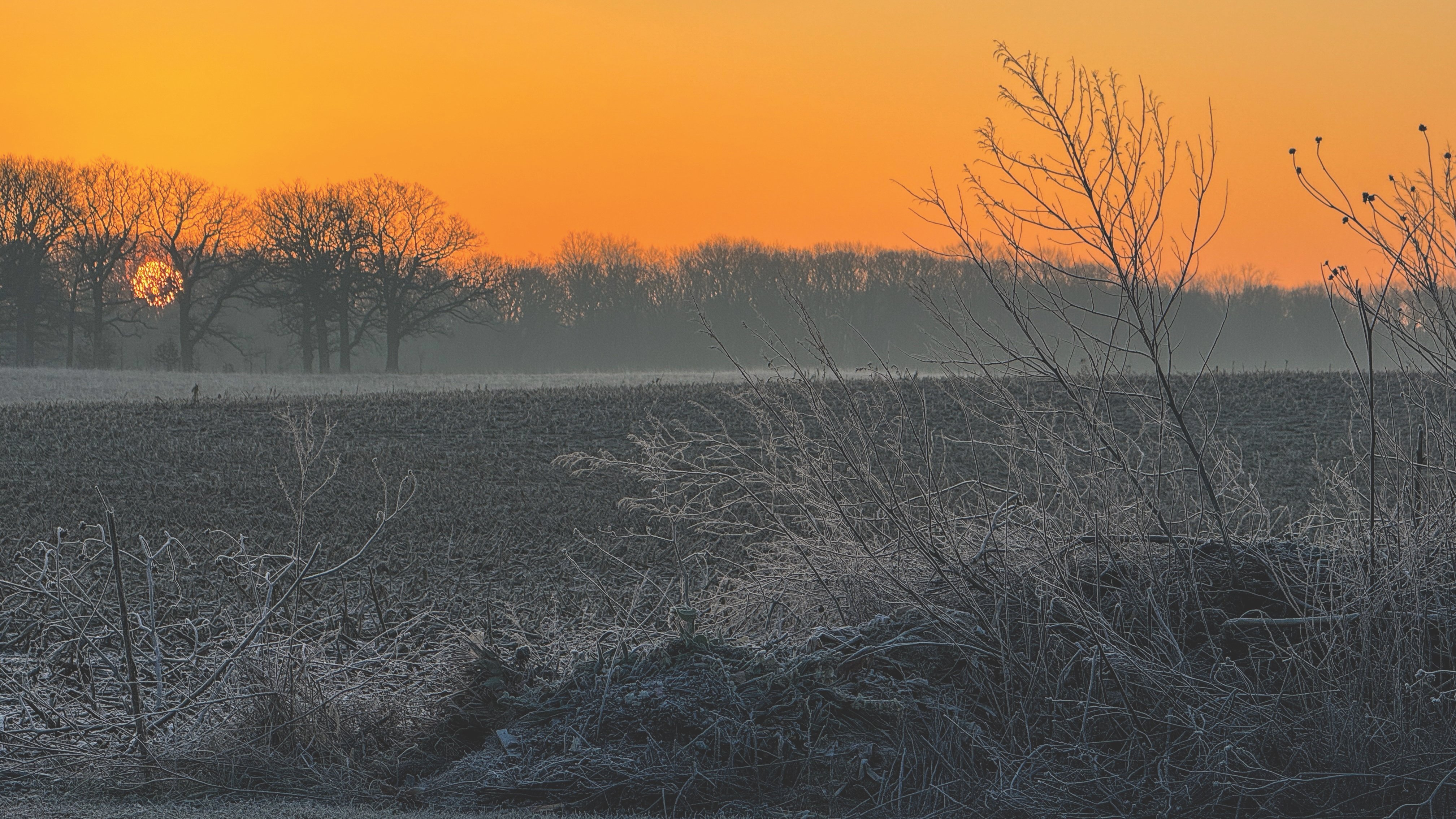
Shana Hagan, ASC // iPhone 15 Pro
I usually have a few cameras in my bag. I use my Canon 5D Mk IV with an EF 24-70mm f/2.8L, EF 70-200mm f/2.8L or 50mm f/1.4 for landscapes and portraits. My super compact Canon G7 X Mk III is a great tool for scouts and travel.
I love images that take me someplace and pull me in, tell me a story, and encourage me to feel something. I’m often inspired to take photographs when a mood, a light, a feeling hits just right and I want to try to capture that moment in time. I especially love shooting details of everyday objects that some people may overlook like the soft, intricate interior of an iris bloom or the texture of peeling red paint on an old barn.
Photographer Dorothea Lange said, “Photography takes an instant out of time, altering life by holding it still.” I love the empathy she has for her subjects, and I try to emulate that approach in my own work by using my emotional response to inform my choices.
This year's AC Stills Portfolio originally appeared in our May 2025 issue.
Explore all three of our Stills Issue online galleries:
Learn more here about how to subscribe to the industry's leading journal of motion-picture production techniques.

